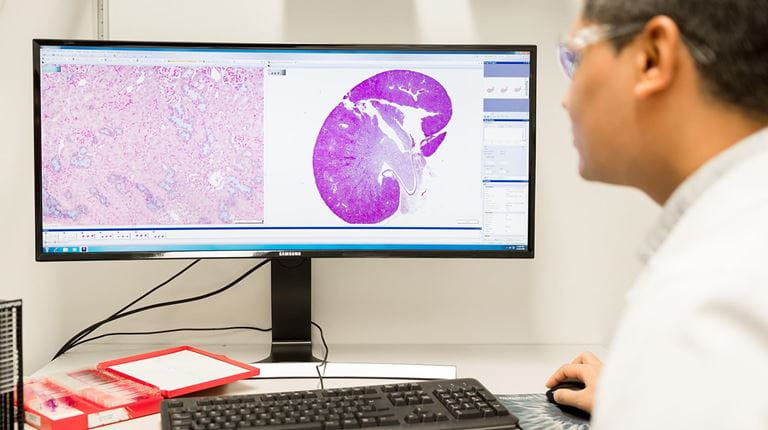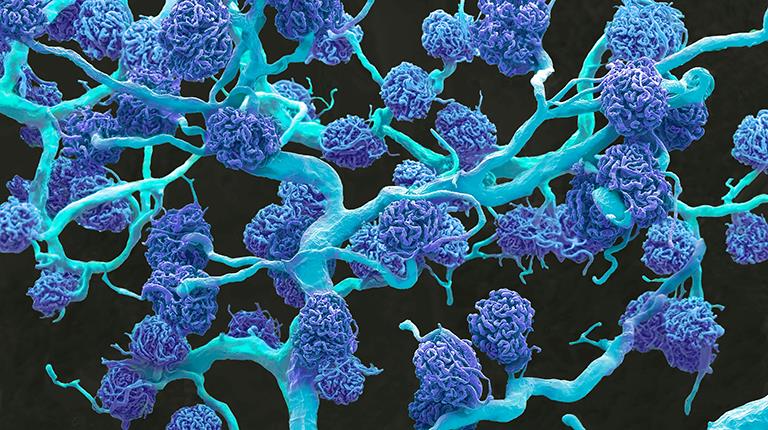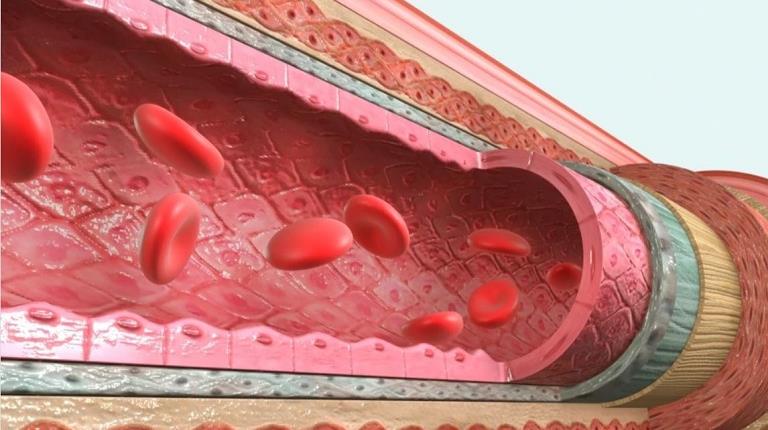Recent advances in kidney research are leading to a deeper understanding of risk factors leading to kidney disease. New renal replacement therapies are inching closer to the ideal state of mimicking the kidneys completely.
A landmark study in the early 2000s showed that commonly-used blood pressure medicines, known as renin angiotensin aldosterone system (RAAS) inhibitors, used in patients with type 2 diabetes significantly reduced the risk of reaching end-stage renal disease. Researchers estimated that this risk reduction corresponded to an average of a two-year delay in the need for dialysis or transplantation. This important finding suggested that, if diagnosed early enough, readily available medicines might delay the progression of kidney disease.14
Other studies conducted during this time also revealed that therapies such as hemodialysis cause rapid alterations of potassium, calcium and fluid levels in the blood, and can trigger sudden cardiac death. As researchers are learning more about these connections, treatment approaches are becoming more refined.15
Work being done to explore the human genome along with a variety of association studies16 are uncovering more and more factors that influence chronic kidney disease’s relationship to other conditions. Over the last decade or so, a stronger link between diabetes17, hypertension and kidney disease18 has been documented.
On the kidney-transplantation front, new regimens are in development to help reduce rejection of the implanted organ, allowing patients to thrive without the need to take daily immune-suppressing medications. For example, stem cells from the kidney donor’s blood can be carefully introduced to a recipient’s immune system to create a ‘friendlier’ environment that won’t reject the new organ,19 a remarkable advancement in transplantation.







